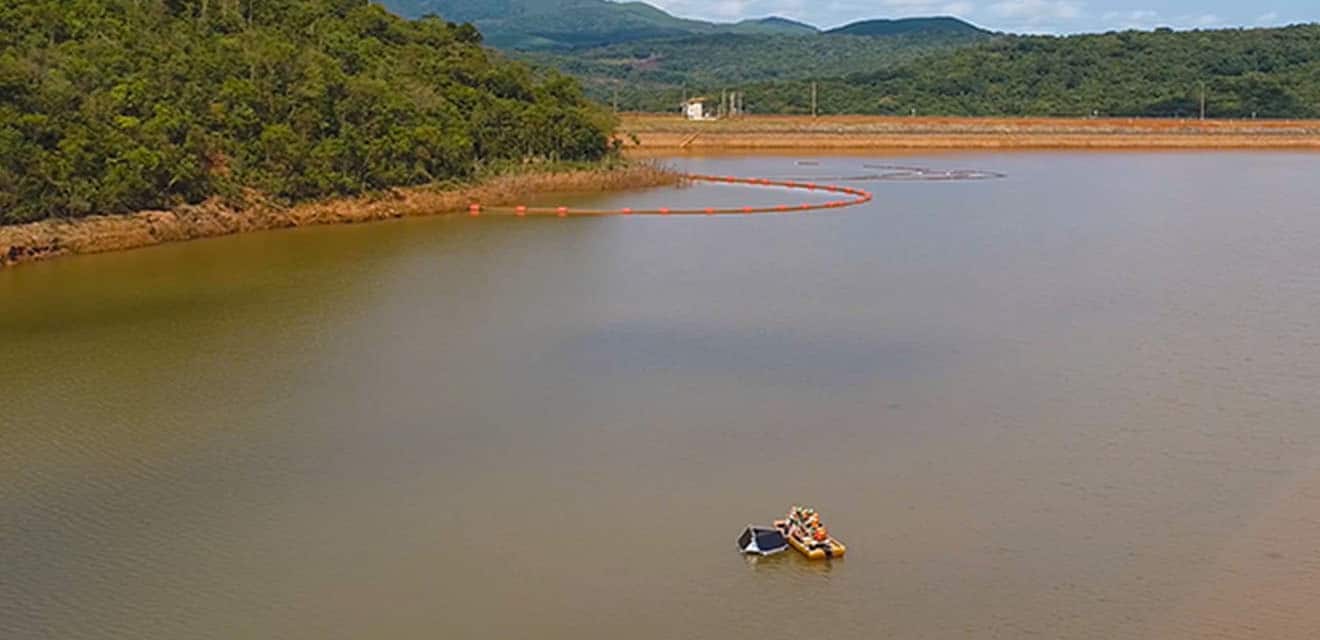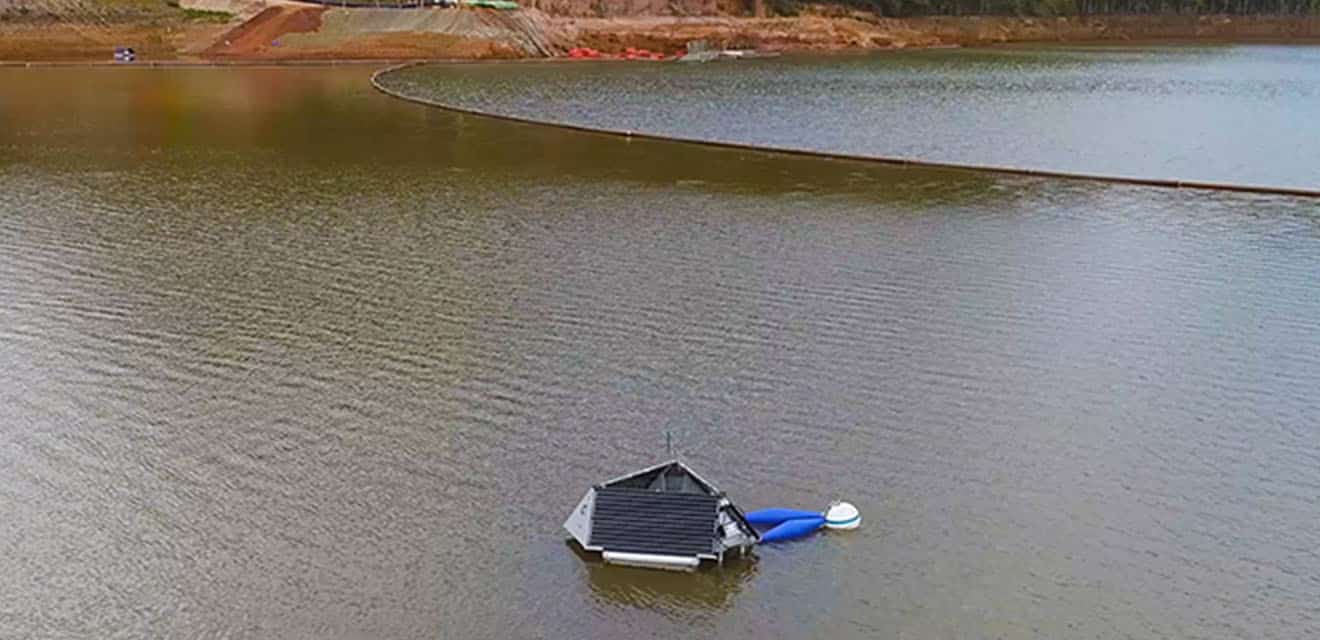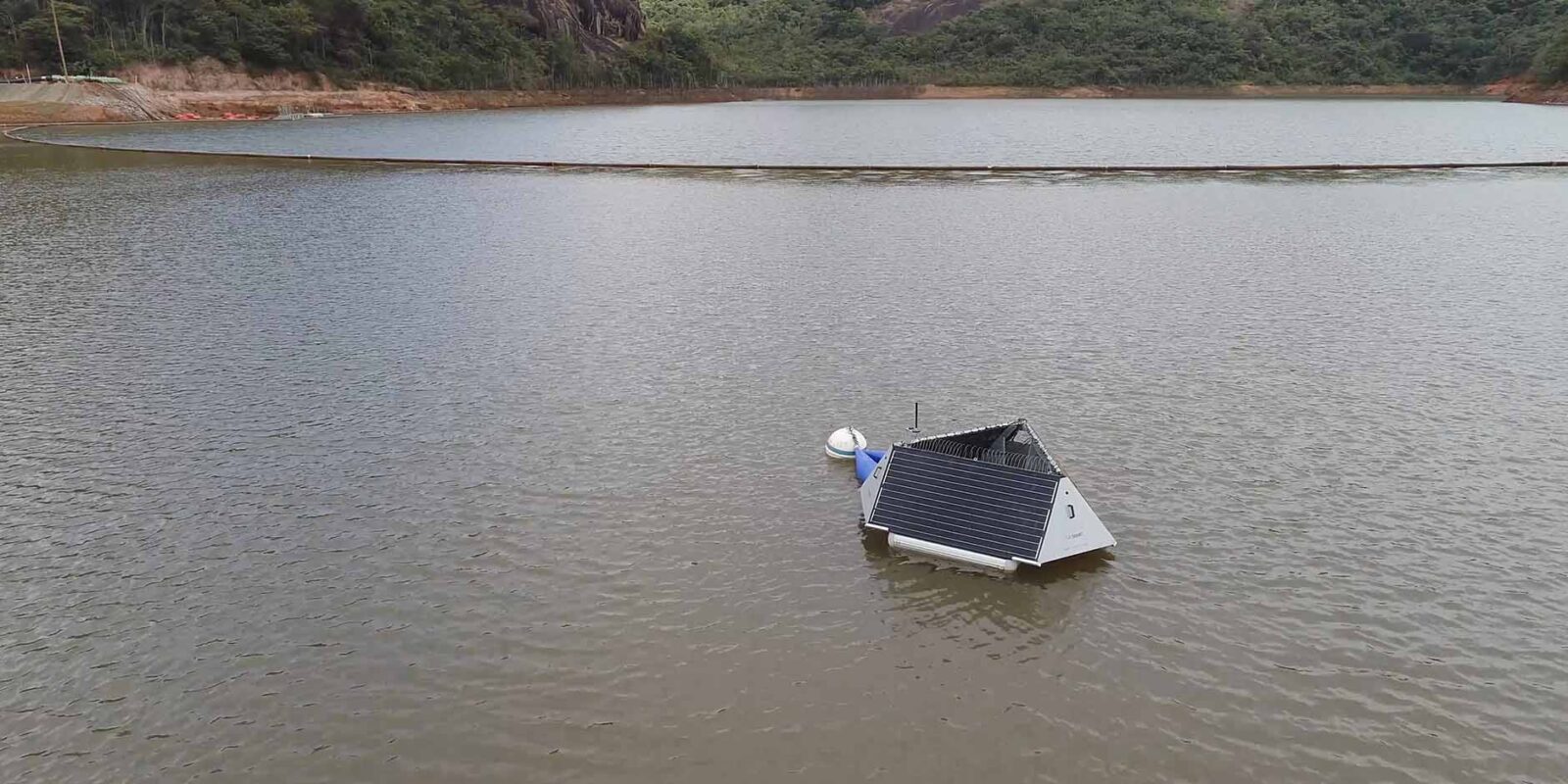In collaboration with LG Sonic, Vale is using the MPC-Buoy technology to improve its overall water quality. This project is the first of its kind in Brazil and it’s already helping to keep blooms under control in Vale’s dam.
Vale is a Brazilian, multinational corporation with operations in 20 countries across five continents. Vale is committed to becoming one of the safest and most reliable companies in the world, always acting in alignment with its basic principle — life matters most. To achieve this, the company is dedicated to being a sustainable operator, a driver of local development and global sustainability. Fifty-four percent of the energy consumed by Vale is self-generated.

Algae blooms impact Brazil’s industries
Researchers in Brazil and the United States discovered that agriculture, mining and urbanization are degrading the water quality in Brazilian rivers. A consequence of the pollution resulting from such activities is the proliferation of harmful algae blooms that have been a problem for years in and around Brazil.
Algae, and the toxins they produce, present a great challenge for water treatment plant operators and to the public at large. When algae infiltrate treatment plants, they often clog sand filters. Some algae species produce geosmins and methylisoborneol (MIB), causing moldy taste and smells. As these compounds cannot be removed through conventional filtration, they raise concerns about water quality and safety. Additionally, it is also important to note that these compounds can harm humans, pets and aquatic organisms.
To deal with these by-products, water treatment plant operators often use copper sulphate. However, this method harms the ecosystem and it doesn’t always comply with regulatory requirements. Also, removing algae and manually cleaning sand filters from water treatment plants is costly, labor-intensive, and time-consuming.

Algae blooms can become a threat in several stages of the water treatment process, depending on the type and place of their growth. Thus, it’s crucial to tackle the problem at the source and prevent negative consequences within the entire water treatment system.
The appearance of toxic algae can become a problem in almost every type of stored water, including cooling reservoirs, discharge water and brackish water used for processes. Here, they create additional friction, which translates into increased pumping costs, and reduced water flow by up to 10%, or even more, in case of filamentous algae.
